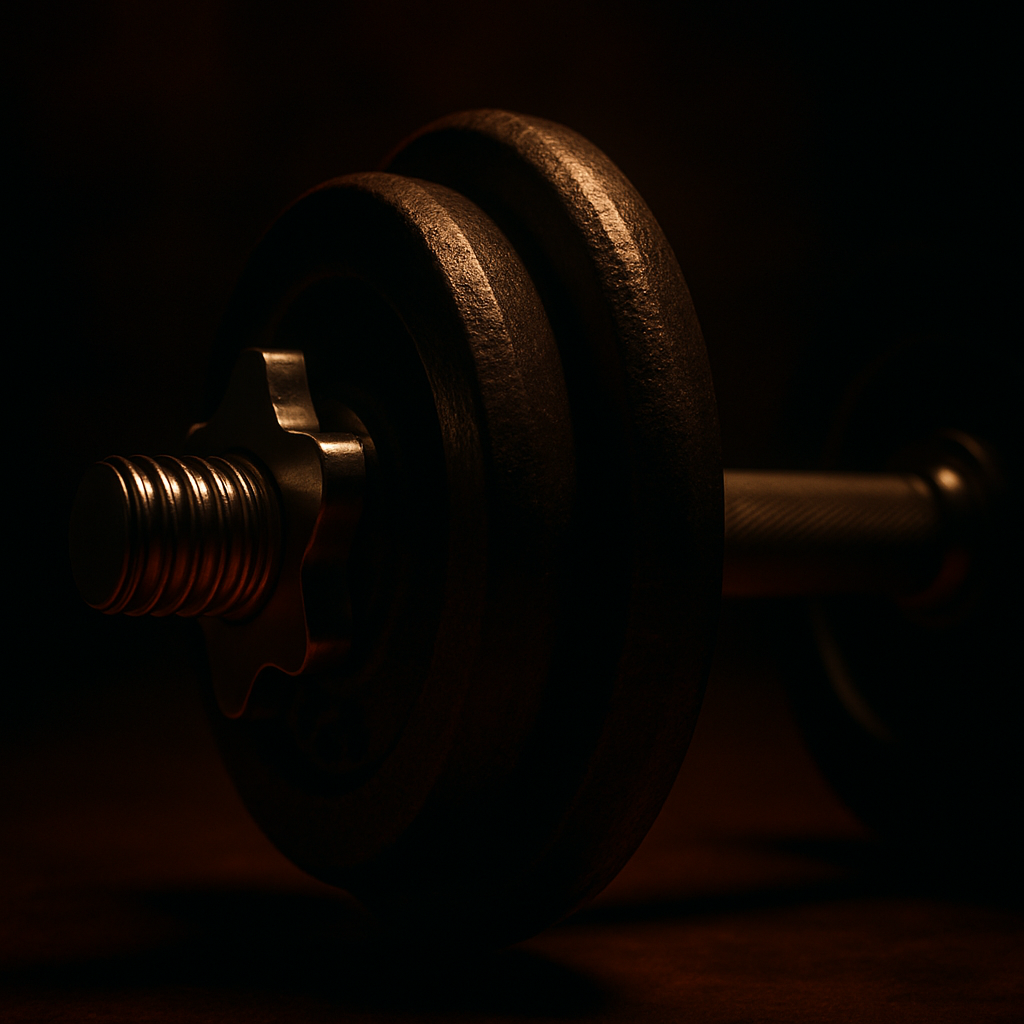Unlock Strength with Science: How Grip Changes Impact Your Workout
Understanding the science behind grip changes can transform the effectiveness of your workout by utilizing the principles of torque and levers. Discover how minor adjustments can amplify your strength gains.
The Science Behind Your Grip
Every time you pick up a dumbbell, you engage in a fascinating interplay between physics and physiology. The concept of torque plays a crucial role here. Torque is essentially a measure of how much a force acting on an object causes that object to rotate. In the context of lifting weights, it’s the turning force applied to your muscles when you grip a dumbbell.
The distance from your hand to the weight—known as the moment arm—affects how heavy the weight feels. The further away the weight is from your body, the greater the torque, and consequently, the more challenging the lift becomes. This principle explains why minor changes in grip can make your workout feel significantly harder or easier.
Levers: Your Secret Strength Boosters
The concept of levers further amplifies the power of torque in your workouts. Our musculoskeletal system functions like a series of levers. When lifting weights, muscles act as the force, bones as the levers, and joints as fulcrums. By adjusting your grip, you can change the lever arm’s length, impacting the force needed to lift a weight.
- A longer lever (e.g., wider grip) increases torque, making an exercise feel harder.
- A shorter lever (e.g., closer grip) decreases torque, allowing for easier lifts.
- Changing grip angles can target different muscle groups efficiently.
Understanding how to manipulate this can maximize your strength gains by focusing more effectively on specific muscles and enhancing overall workout efficiency.
Transforming Workouts Through Grip Adjustment
Adjusting your grip is more than just a tactical move; it’s a scientifically supported method to optimize your workouts. Many athletes and trainers recognize that varying grip width and position can strategically overload muscles, leading to more balanced strength development. For instance, altering your grip from wide to narrow on a barbell can shift the emphasis from your chest to your triceps during a bench press.
Moreover, consistently changing your grip can help in muscle confusion, a technique reputed for preventing plateaus in training. This means your body must adapt to new challenges, fostering continuous improvement and strength gains without the need for heavier weights.
Applying Science to Your Routine
Next time you’re at the gym, consider how minor adjustments in grip can significantly impact your performance and progress. By applying the principles of torque and levers, you can enhance your workout’s efficiency and effectiveness. Experiment with different grips and notice how your muscles respond. The secret to unlocking newfound strength may just be a grip change away.
Embrace the power of science to boost your fitness journey. Remember, every small tweak has the potential to bring about significant gains. Stay curious and challenge yourself to explore these subtle yet powerful techniques in your routine.
For more insights into gym science and unlocking your potential through smart training strategies, keep exploring and learning. Your journey to peak performance is just beginning!

Leave a Reply